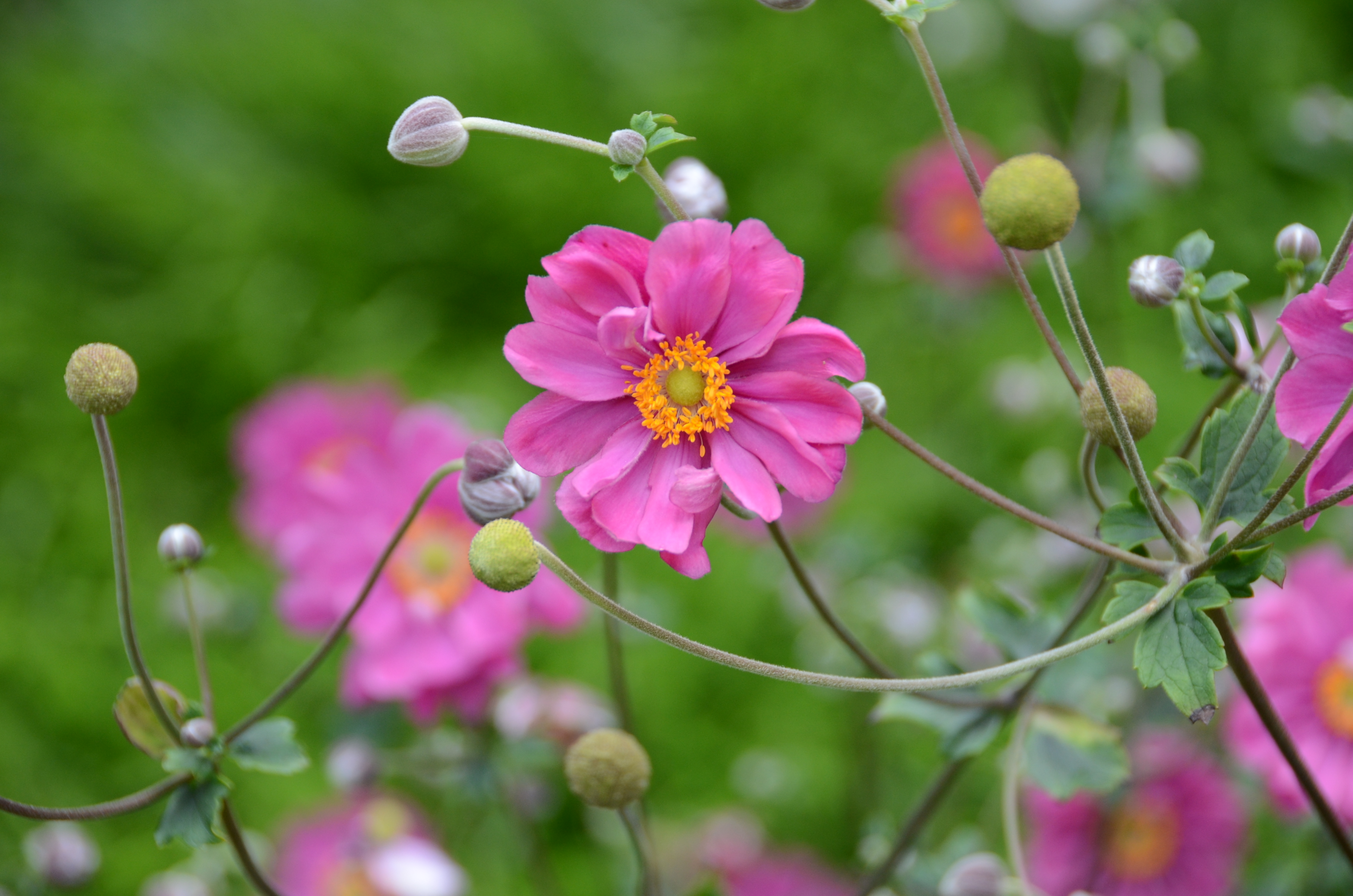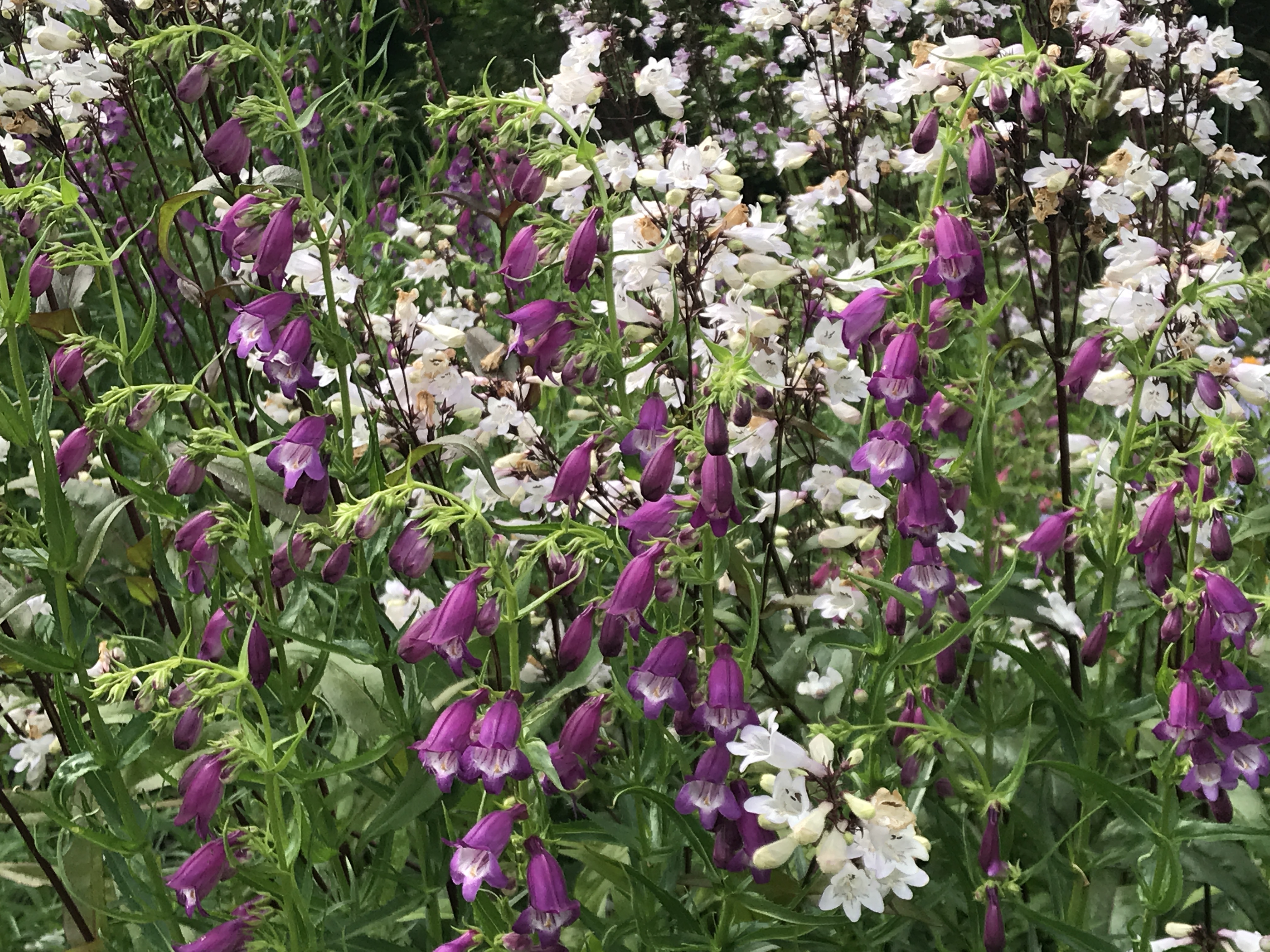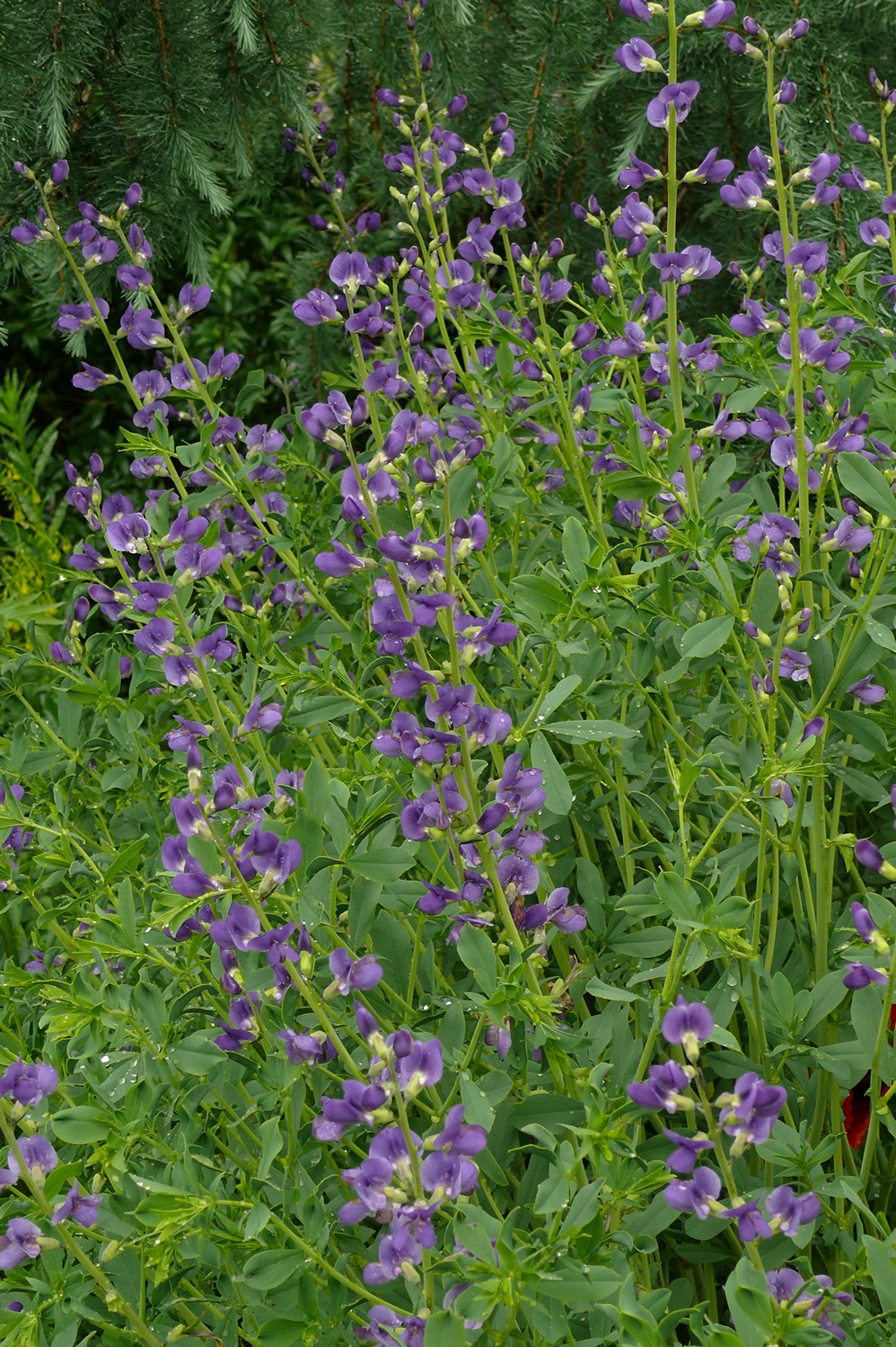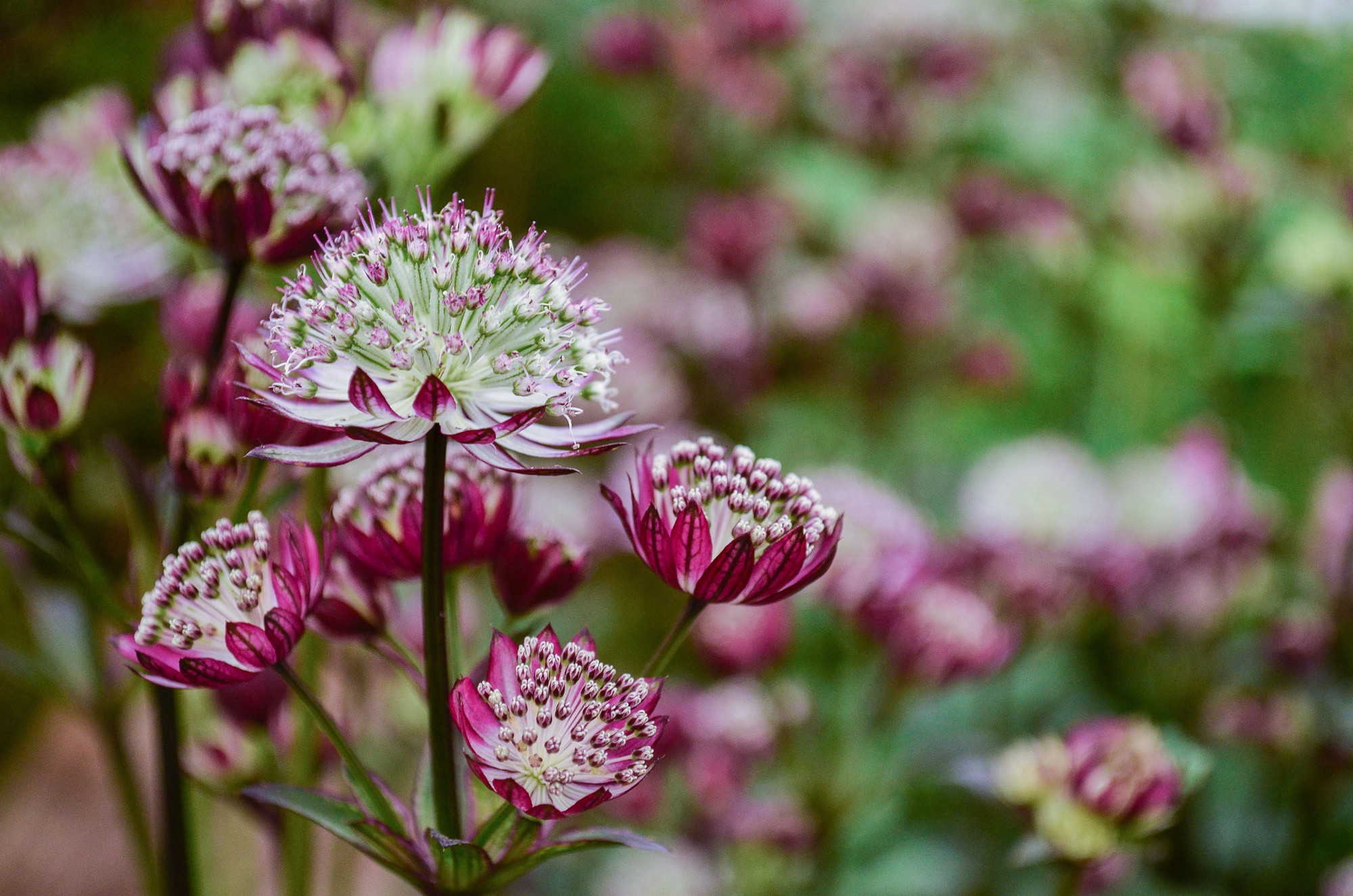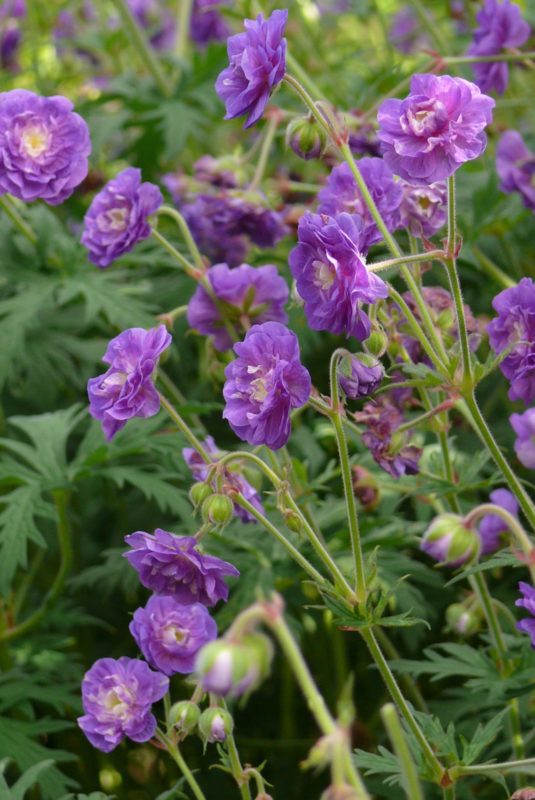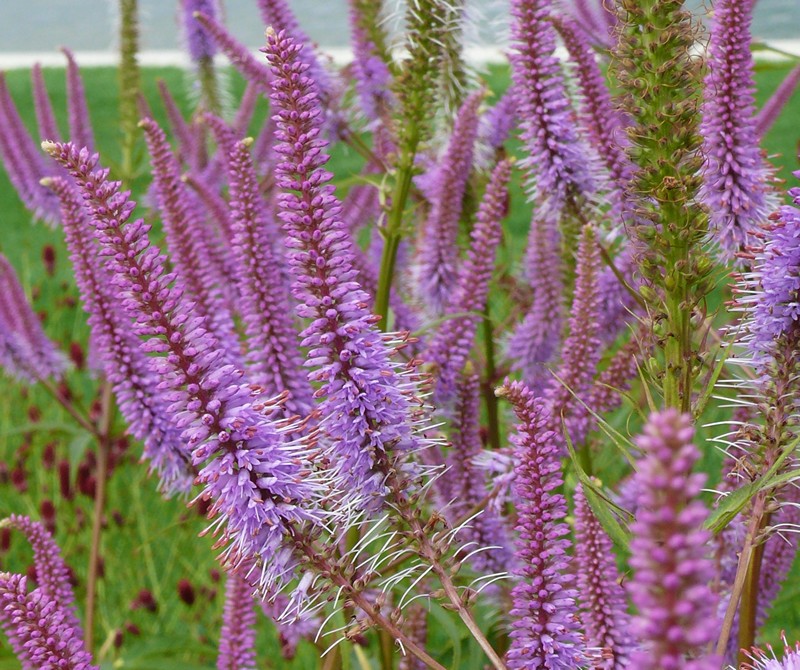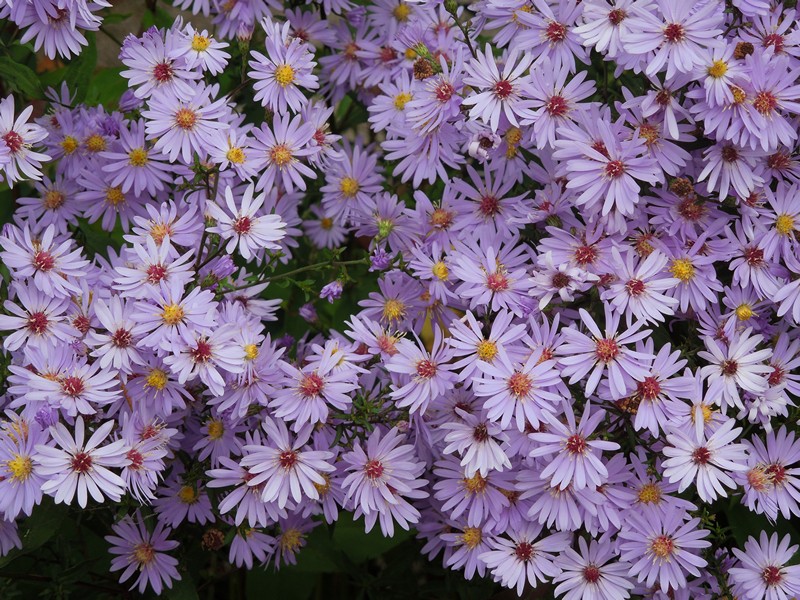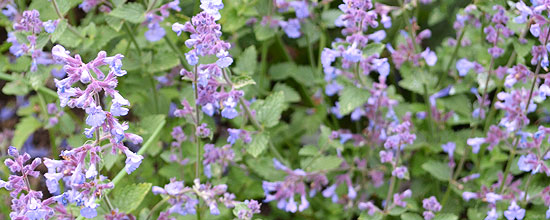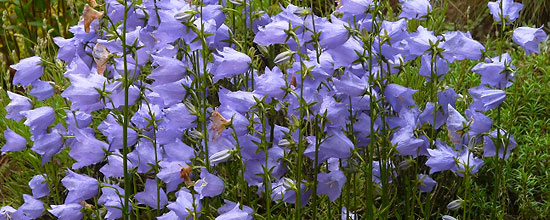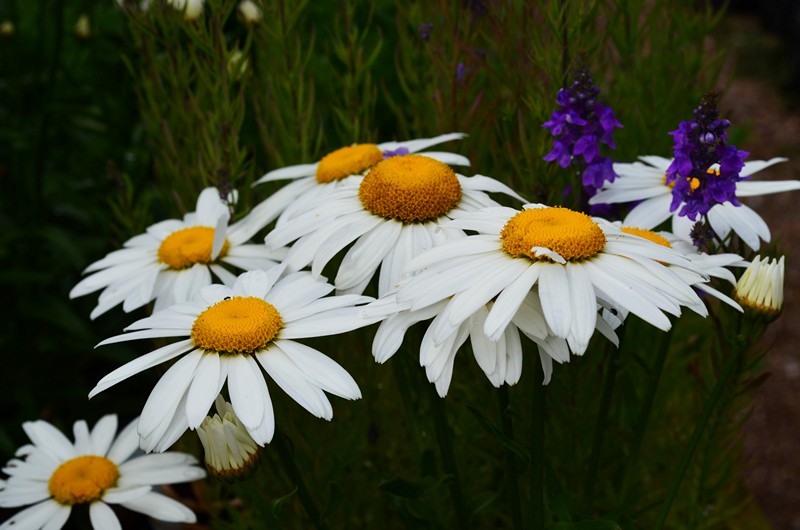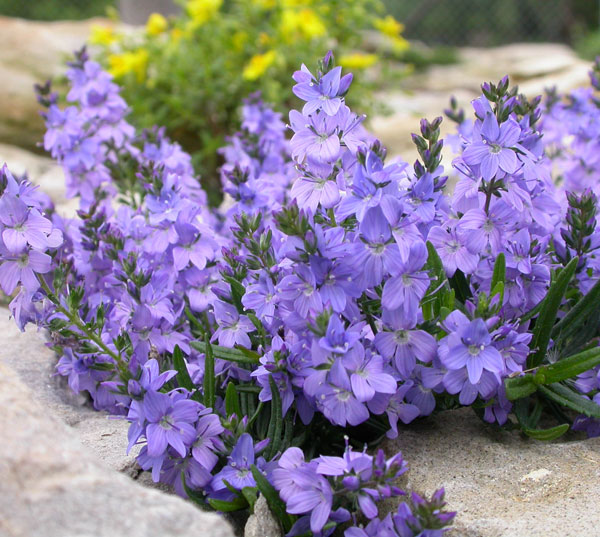Both families belong to the beautiful home of the plants on the mountain meadows, in debris or bushes Asian mountains, especially the Himalayas and mountains of central China. Botanically it belongs to a completely different plant families rather than botanical kinship they share relatively similar demands growing in culture, of which it is possible to tell in advance, they are very high and closely related, not everyone is lucky enough to plant them in the garden will grow well.
- Meconopsis 'Lingholm'
- The diversity of the genus Meconopsis
Let us now for the first of these genera, and thereby Meconopsis (Papaveraceae, Poppy). Czech name is mákovník, however frequently used počeštělé name mekonopsis. Home to most species are mountain meadows and debris fields at altitudes 3 500 – 5 200 m in the Himalayas and in the mountains of central China. Plants are closely related and poppy garden or rockery can be among the most prominent and most beautiful plants. Owes mainly to its very attractive, Mostly sunny blue to turquoise or purple flowers. The culture was grown unfortunately very difficult, for which he owes environment, in which they grow in nature. At the time of vegetation they require that it be sufficiently moist soil with good drainage but not stagnant water. Excess moisture is harmful especially in winter, When plants evidence rather relative drought, However, no complete drying. Much better because they grow at higher altitudes in conditions with reliable snow blanket. In the summer it makes trouble high temperature and low humidity. The ideal combination is therefore full sun, naturally moist substrate with humus but with perfect drainage, and at the same temperature 15-18 ° C, This is summer in our conditions difficult to achieve. Plants are therefore more likely to grow more like under grid under the trees in the shade, which in turn does not entirely satisfy their requirements for light. The relatively easiest belongs M. betonicifolia. This species has oval leaves and bright blue, or. violet flowers. Nakvétá summer, Plant height is around 80 cm and fairly well can be maintained in polostinných conditions with sandy loam soil containing humus. Well you can combine eg. the evergreen rhododendrons. Somewhat similar species with significantly turquoise-blue flowers with a diameter of 10 cm is M. grandis, but it is somewhat more sensitive. But must say, that the true botanical M. grandis however, it is very rare and usually under this name extension hybrids, belonging to the group of. George Sherriff mekonopsisů. These are typically sterile plants, which occasionally appear in the menus specialist, but rather more foreign companies. can such. mention varieties M. 'Lingholm', M. ‘Jimmy Bayne’, M. 'Huntfield', M. "Ascreavie ', M. ‘Barney’s Blue’, M. ‘Dalemain’, M. ‘Dorothy Renton’. Cultivars differ mainly in shades of blue, or turquoise to purple or. and white color and to some extent even increase. The height of these hybrids is around 80 to 120 cm.
Little except what concerns flower color is M. punicea with bright red flowers and M. cambrica with flowers of yellow to orange. This species is also unique to their area. As one reaches into western Europe. Plant height is around 40 cm and nakvétá summer. The low species, crescent 15-40 cm, include e.g.. M. horridula (resp. M. prattii) from mountain scree fields and rocks from the heights of the Himalayas around 5 000 m, Flowers blue-violet flowers, M. bella from the eastern Himalayas and China blooms bright blue flowers. Purple flowers blooming M. delavayi, lavender-blue flowers are such nakvétá. M. quintuplinervia. these lower, Alpine species at high elevations (around 5000 m) They are very delicate and their cultivation and long-term maintenance is rather problematic.
For those interested in more information about these beautiful plants can be recommended websites www.meconopsis.org.
Cremanthodium It represents an extremely attractive, however, like Meconopsis, very difficult producible genus of plants. They belong to the family Asteraceae (Asteraceae) and expanding the nature and demands growing in culture are very similar to mákovníků, lower species prefer higher content of coarse gravel in the substrate. Plants need moist, but well-drained sites and intolerant too high summer temperatures. They are more suited to higher ground. In winter, excessive humidity, and too little when the plants can keep for several years. Most species blooming yellow. In a culture are sometimes seen such. C. arnicoides growing up 60 cm, yellow flowers. C. reniforme Again yellow flowering, but lower, grows up 40 cm. Very nice is small C. rhodocephalum with pink flowers and dark foliage. The low species include C. palmatilobum with pinkish flowers. In drier and high altitudes of Nepal and Kashmir grows C. nanum, The whole plant is densely hairy and only 10 cm tall, it is a very demanding kind. Other species can be named C. nepalense, C. delavayi, C. pleurocaule or C. decaisnei.
Both families can be propagated for seeding in winter with consequent early rozpícháním seedlings into containers with well-permeable substrate with humus and adequate admixture of coarse sand and gravel. Partitioning is only possible for the species forming large clumps, however, due to demands on the cultivation of this method too is not appropriate. Plants can be damaged by slugs. Seeds are sometimes offered specialized perennial or skalničkovými nurseries or growers mountain plants.
The article was published on the website of the Association Czech perenářů courtesy magazine Zahrádkář.




